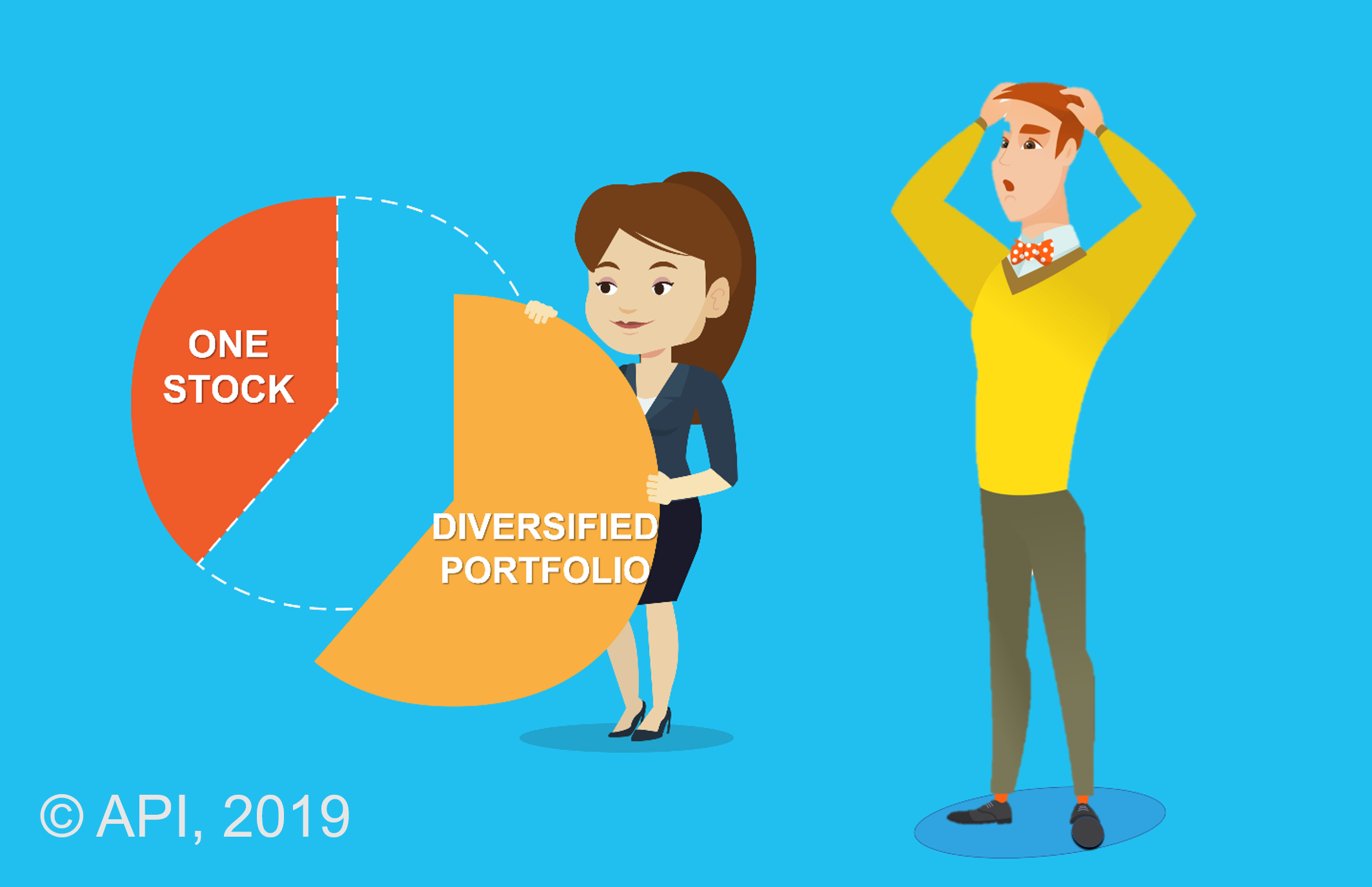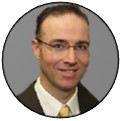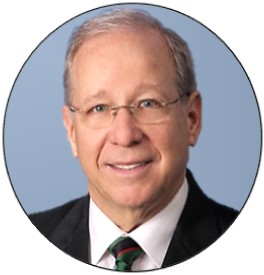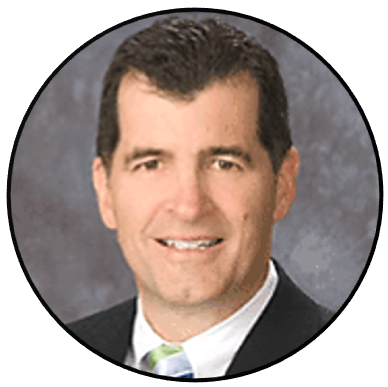I decided to retire at age 60 for two reasons: The first, of course, was my family lifespan history and the second was that I burned out from working too much.
Hindsight is always 20-20, and I can see now that both reasons were badly flawed.
First, Social Security statistics showed that if I took benefits at age 62, I would have to live to be 76.5 years old before my total benefits would be less than if I took them at 65. No way, I thought, will I live that long. Well, I’m 82 now. I should have taken benefits at 65, or even later.
Second, I burned out because I worked too many hours a day and too many days a week without taking time off to relax and enjoy life. I worked 12 to 16 hours a day six days a week and 8 hours on Sundays for 10 years straight while taking only 10 days of vacation. It’s easy to see now why I burned out. I should have taken more time off from work.
In addition, I cheated myself in multiple ways by retiring at age 60. Because my Social Security benefits didn’t kick in until age 62, I had to live off my IRA investments, along with my wife (who also quit working – at my insistence – although she was only 44), for two years. Also, I deprived myself of income I could have had from my work until age 65, and only got 75% of the Social Security payments I would have received at 65; and prevented myself from saving and investing from age 60 to 65. Of course, it would have been even better in the long run had I continued working – and saving – after age 65, maybe until age 70.
I turned 70 in 2001, the year after the dotcom bubble burst and the year 9/11 occurred.
When I turned 70, I discovered that I no longer had any tolerance whatsoever for investment risk. The market crashes added to my lost tolerance, of course, but my age triggered it. I no longer felt that I had time to wait for a tumbling market to turn around, even though it historically always has. You might say that I didn’t even feel comfortable buying green bananas.
My wife went back to work after taking three years off. We did, however, continue to fund her self-employed IRA and it continued to grow until the housing bubble burst in 2007 and the credit crisis in 2009. Both events took considerable chunks of wealth from her IRA. This caused us great consternation and my wife opted to place her remaining money in mutual funds, where it still sits, accumulating almost no growth in value. But it is safe from loss.
We do have a financial advisor, one for whom my wife was working when she, too, decided to retire at age 60, just as I had. I agreed with her decision, and we decided at that time to retire to an inexpensive place to live – the Ozark foothills of northern Arkansas.
You might wonder how we managed to survive (we now live in an upscale retirement community in the Tampa Bay region of Florida) after so many financial mistakes and market crashes.
We bought low and sold high in the real estate market. That’s how. This gave us the funds to get completely out of debt and still have a pool of operating cash. We paid cash for our last three cars and two houses. We use only one credit card (one that pays us 1% for every dollar we charge) and we pay off the card balance each month. We pay absolutely no interest charges.
Becoming debt-free is something that I feel financial advisors should explore with older clients like me. It will be more difficult to achieve today, however, because the housing market continues to improve. It’s hard to buy low and sell high in real estate today. And interest rates are still at historical lows, making it more difficult to grow money.
Still, downsizing – even moving to a less expensive state – is something that could be explored when a client nears retirement.
It’s a wonderful feeling not to owe anyone anything!
Many things change as you grow older. I’m not talking about declining physical and mental capabilities that generally accompany old age. I’m talking about your outlook on life; the rest of your life, which you realize is downhill now. This realization changes how you look at life in general. It also allows for retrospection.
In my case, retrospection has been somewhat painful, primarily because I grossly underestimated how long I will live. I based my beliefs on my family health and life history. Almost no one in my immediate family lived very long. My father died at age 39 (cancer), my mother at 65 (heart attack) and my older brother at 68 (heart attack). My younger brother is still alive at 80, although he suffered a massive heart attack in 1990 and aggressive bladder cancer in 1996. Several of my uncles died in their 40s. I had a heart attack in 2006 and have a total of six stents in my heart, inserted over the course of four angioplasty procedures, in 1998, 2002, 2006, and 2011.
I decided to retire at age 60 for two reasons: The first, of course, was my family lifespan history and the second was that I burned out from working too much.
Hindsight is always 20-20, and I can see now that both reasons were badly flawed.
First, Social Security statistics showed that if I took benefits at age 62, I would have to live to be 76.5 years old before my total benefits would be less than if I took them at 65. No way, I thought, will I live that long. Well, I’m 82 now. I should have taken benefits at 65, or even later.
Second, I burned out because I worked too many hours a day and too many days a week without taking time off to relax and enjoy life. I worked 12 to 16 hours a day six days a week and 8 hours on Sundays for 10 years straight while taking only 10 days of vacation. It’s easy to see now why I burned out. I should have taken more time off from work.
In addition, I cheated myself in multiple ways by retiring at age 60. Because my Social Security benefits didn’t kick in until age 62, I had to live off my IRA investments, along with my wife (who also quit working – at my insistence – although she was only 44), for two years. Also, I deprived myself of income I could have had from my work until age 65, and only got 75% of the Social Security payments I would have received at 65; and prevented myself from saving and investing from age 60 to 65. Of course, it would have been even better in the long run had I continued working – and saving – after age 65, maybe until age 70.
I turned 70 in 2001, the year after the dotcom bubble burst and the year 9/11 occurred.
When I turned 70, I discovered that I no longer had any tolerance whatsoever for investment risk. The market crashes added to my lost tolerance, of course, but my age triggered it. I no longer felt that I had time to wait for a tumbling market to turn around, even though it historically always has. You might say that I didn’t even feel comfortable buying green bananas.
My wife went back to work after taking three years off. We did, however, continue to fund her self-employed IRA and it continued to grow until the housing bubble burst in 2007 and the credit crisis in 2009. Both events took considerable chunks of wealth from her IRA. This caused us great consternation and my wife opted to place her remaining money in mutual funds, where it still sits, accumulating almost no growth in value. But it is safe from loss.
We do have a financial advisor, one for whom my wife was working when she, too, decided to retire at age 60, just as I had. I agreed with her decision, and we decided at that time to retire to an inexpensive place to live – the Ozark foothills of northern Arkansas.
You might wonder how we managed to survive (we now live in an upscale retirement community in the Tampa Bay region of Florida) after so many financial mistakes and market crashes.
We bought low and sold high in the real estate market. That’s how. This gave us the funds to get completely out of debt and still have a pool of operating cash. We paid cash for our last three cars and two houses. We use only one credit card (one that pays us 1% for every dollar we charge) and we pay off the card balance each month. We pay absolutely no interest charges.
Becoming debt-free is something that I feel financial advisors should explore with older clients like me. It will be more difficult to achieve today, however, because the housing market continues to improve. It’s hard to buy low and sell high in real estate today. And interest rates are still at historical lows, making it more difficult to grow money.
Still, downsizing – even moving to a less expensive state – is something that could be explored when a client nears retirement.
It’s a wonderful feeling not to owe anyone anything!
This Website Is For Financial Professionals Only
|
|
|
MEMBER REVIEWS
|
 |
|
William Desormeau, Jr.
|
|
It is not possible for me to overstate the cumulative value that Craig, Bob and Fritz have added for over 10 years to my investment advisory practice, as well as for personal and family financial planning. A4A gets my highest recommendation
|
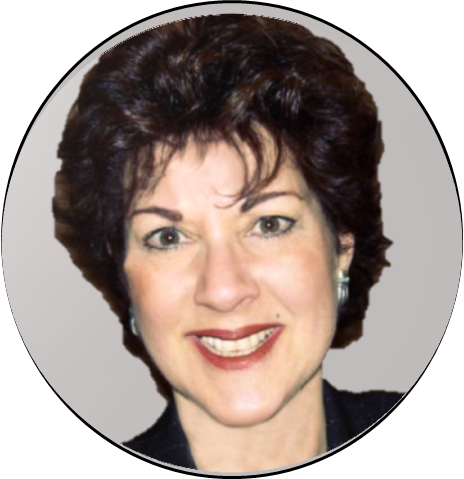 |
|
Lynn Najman, CFP®
|
|
I’ve subscribed to A4A since its inception, and always find it intellectually stimulating and on point. It’s one of the few CE solutions out there that doesn’t waste my time by pushing product or talking down to me.
|
|
|
| Pete Deacon, CPA, CFP® |
| A4A has had a profound effect on my business. Since 2009, I’ve relied on the consistent messaging and updates to run my business successfully. Being able to present the information from Bob, Fritz, and Craig's ongoing CE webinars has been a significant benefit. |
|
|
| Fredric Mayerson, MBA, PhD, CFP® |
| I've been a financial professional and professor of finance for 35 years and find Fritz Meyer and Robert Keebler to be among the most engaging, incredibly knowledgeable, and experienced presenters I’ve encountered. They deliver an extraordinary amount of information in an extremely interesting way — sequentially and developmentally, utilizing pedagogical tools and techniques that few possess. A4A to is the most consistently excellent CE program available. |
 |
| Ron Roge, MS, CFP® |
| I’ve been attending A4A many years because the CE classes are outstanding, and my time is valuable. Though I have over 35 years of experience, I’m always learning something new on A4A. I attend fewer conferences now because the CE is generally not advanced. If you want to learn from the best, in a faster, easier, and less expensive way, I highly recommend A4A. |
 |
|
John R. Day, CPA/PFS® |
|
I’ve been a member since 2011 and never miss the monthly webinars with Fritz Meyer. I appreciate Fritz’s independent views on the economy and markets and Bob Keebler keeps me updated on excellent tax planning ideas. A4A is a great value! |
 |
|
Norman Politziner, CFP |
|
I wouldn't miss a Fritz Meyer webinar unless my pants were on fire. I've relied on Andrew Gluck's knowledge systems --client communications and CE -- for two decades. It's simply the best solution for tax, financial, investment, and risk-management professionals.® |
|
|
|
Dan Hawley, CFP® |
|
A4A, for over a decade, has been a great resource for useful and accurate information and CE. A4A and Advisor Products are bargains for an advisory practice. |
|
|
Kevin Brosious, MBA, CFP®, CPA/PFS® |
|
I get CPA CE credit and CFP credit for the webinars. But not only that, the A4A content is terrific |
|
|
|
|
|
|

